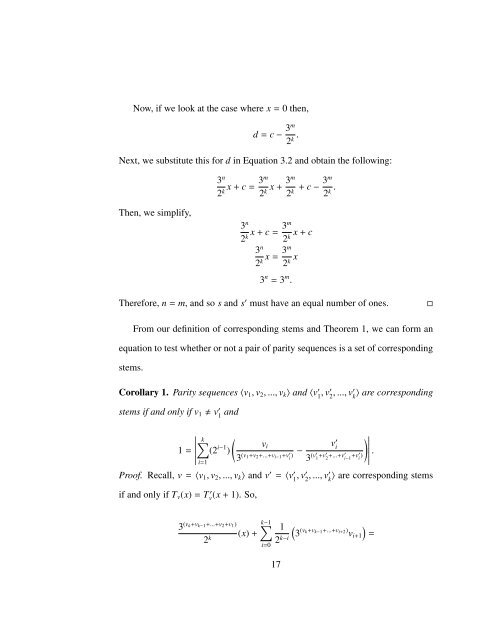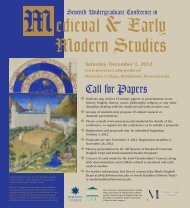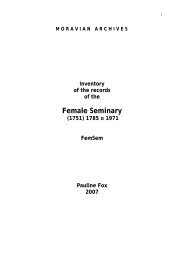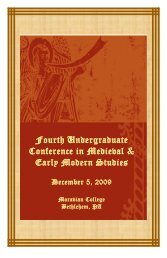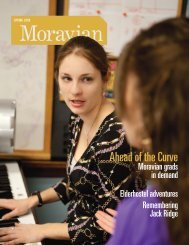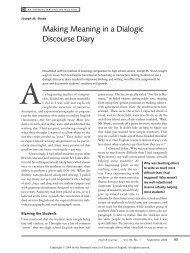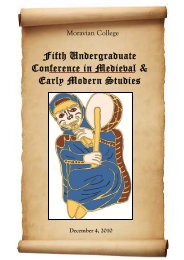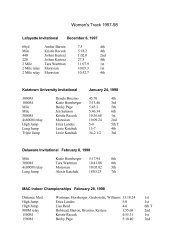Explorations of the Collatz Conjecture - Moravian College
Explorations of the Collatz Conjecture - Moravian College
Explorations of the Collatz Conjecture - Moravian College
Create successful ePaper yourself
Turn your PDF publications into a flip-book with our unique Google optimized e-Paper software.
Now, if we look at <strong>the</strong> case where x = 0 <strong>the</strong>n,<br />
d = c − 3m<br />
2 k .<br />
Next, we substitute this for d in Equation 3.2 and obtain <strong>the</strong> following:<br />
3 n<br />
2 k x + c = 3m<br />
2 k x + 3m<br />
2 k + c − 3m<br />
2 k .<br />
Then, we simplify,<br />
3 n<br />
2 x + c = 3m<br />
k 2 x + c k<br />
3 n<br />
2 x = 3m<br />
k 2 x k<br />
3 n = 3 m .<br />
Therefore, n = m, and so s and s ′ must have an equal number <strong>of</strong> ones.<br />
□<br />
From our definition <strong>of</strong> corresponding stems and Theorem 1, we can form an<br />
equation to test whe<strong>the</strong>r or not a pair <strong>of</strong> parity sequences is a set <strong>of</strong> corresponding<br />
stems.<br />
Corollary 1. Parity sequences 〈v 1 , v 2 , ..., v k 〉 and 〈v ′ 1 , v′ 2 , ..., v′ k<br />
〉 are corresponding<br />
stems if and only if v 1 v ′ 1 and<br />
k∑ (<br />
1 =<br />
(2 i−1 v i<br />
)<br />
∣ 3 − v ′ ) ∣ i ∣∣∣∣∣<br />
.<br />
(v 1+v 2 +...+v i−1 +v ′ i ) 3 (v′ 1 +v′ 2 +...+v′ i−1 +v′ i )<br />
i=1<br />
Pro<strong>of</strong>. Recall, v = 〈v 1 , v 2 , ..., v k 〉 and v ′ = 〈v ′ 1 , v′ 2 , ..., v′ k<br />
〉 are corresponding stems<br />
if and only if T v (x) = T ′ v(x + 1). So,<br />
3 (v k+v k−1 +...+v 2 +v 1 ) ∑k−1<br />
1 ( )<br />
(x) + 3<br />
(v k +v k−1 +...+v i+2 ) v<br />
2 k 2 k−i i+1 =<br />
i=0<br />
17


